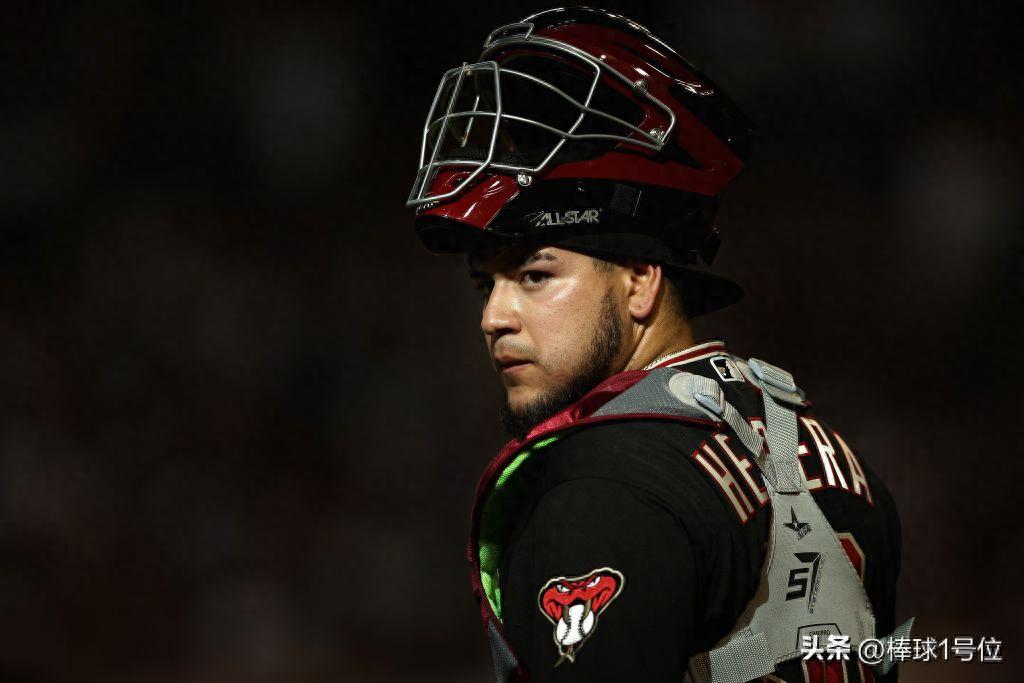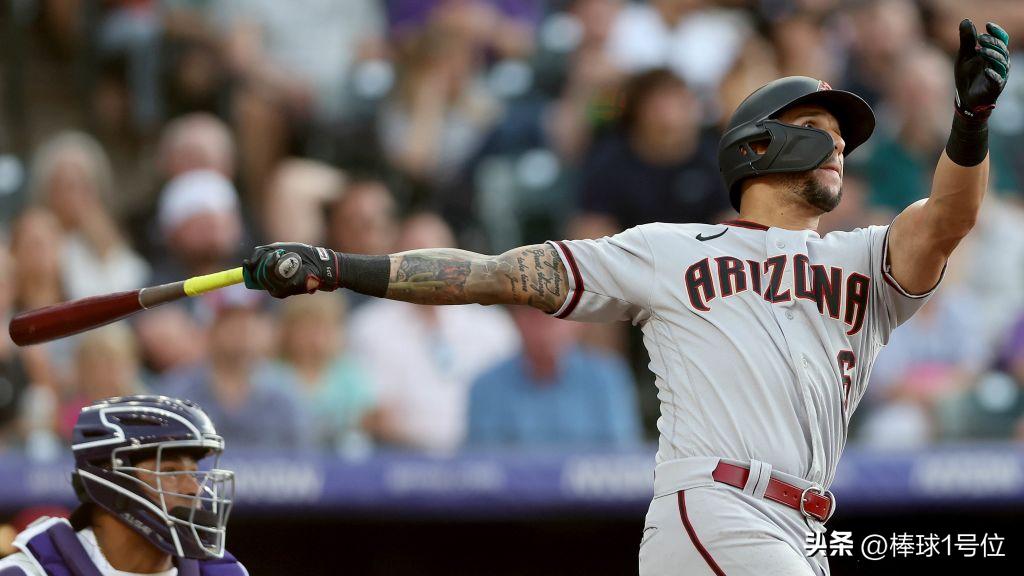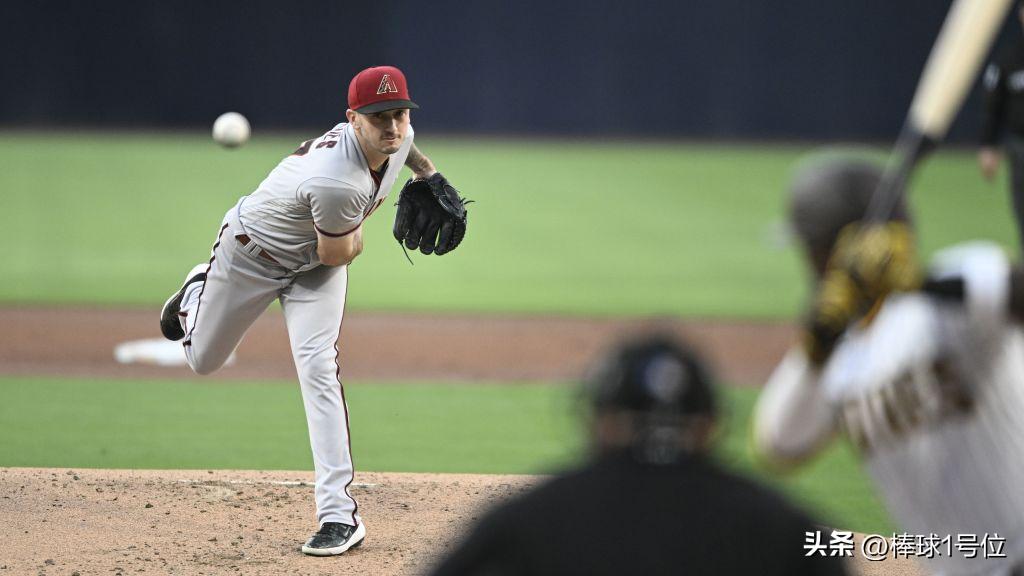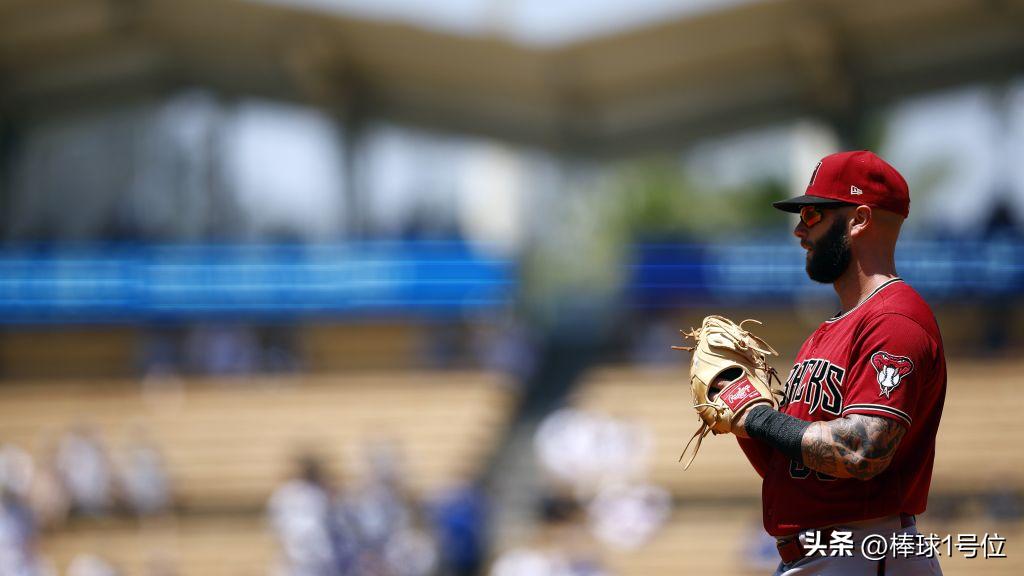"How to Choose Baseball Gear for Baseball Specialists · Baseball Position 1"
⚾ Comprehensive Breakdown of MLB's New Baseball Bat Rules|Material Properties and Safety Criteria Explained!

➊ Material Performance Showdown
▫️ Maple Wood
✅ Advantages: Extremely high density → stronger rigidity|Direct hitting feedback|More powerful "Sweet Spot (S
weet Spot)" impact
❌ Disadvantages: Lower toughness → prone to breakage|Professional players use 40+ bats per season
✨ : Ideal for heavy hitters who seek maximum bat speed
▫️ Ash Wood ️
✅ Advantages: Long fiber structure → excellent toughness|Strong impact resistance|Soft vibration on contact
❌ Disadvantages: Lower density → significant performance drop outside sweet spot|Prone to warping in humid conditions⚠️
✨ : Beginner-friendly|Offers a more refined bat control feel ✨

▫️ Birch Wood
✅ Advanced "Sandwich Structure"|Combines maple hardness + ash toughness|Shock absorption improved by 30%
✨ : MLB's rising star choice|Used by stars like Shohei Ohtani

➋ Safety Rules ⚠️
▫️ Certification (- )
✅ Key Indicator: Coefficient of restitution ≤.|Mandatory for college/high school leagues
✅ Testing Standard: 58 mph ball speed impact on bat head|Tracked by lab laser speed measurement
▫️ Certification ( )
✅ Breakage Resistance Test: 3000 psi high-pressure impact on bat body|Crack expansion rate ≤1.5 mm/s
✅ Material Moisture Content: Strictly controlled between 8%-12%|Prevents wood bat brittleness

➌ Golden Rules for Purchasing
✅ Look for dual certification stickers (see Figure 4❗)
✅ Maple Bats: Choose those with straight grain over 80%|Avoid "birdseye" grain structural weaknesses
✅ Ash Bats: Tap lightly and listen|Clear ringing = properly dried|Dull sound = moisture risk
✅ Composite Bats: Carbon fiber content > 65%|No glue overflow at joints ️

Trivia
▪️ MLB Home Run Leaders’ Bat Weight: 31oz-34oz (≈880g-960g)
▪️ Applying Rosin on the Bat Handle Can Increase Grip Friction by 3%!
▪️ Single Season Maple Bat Breakage Record: José Bautista - !
⚾ , !⚾


Wonderfulshortvideo
Got my steps in that day 🎥


turning off the evil screen (laptop) to look at the good screen (phone)


tag ur bae ⬇️


Zach Neto is UNBELIEVABLE 😲


An incredible grab you might’ve missed last weekend 👏








 Links
Links
 Contact
Contact
 App
App


